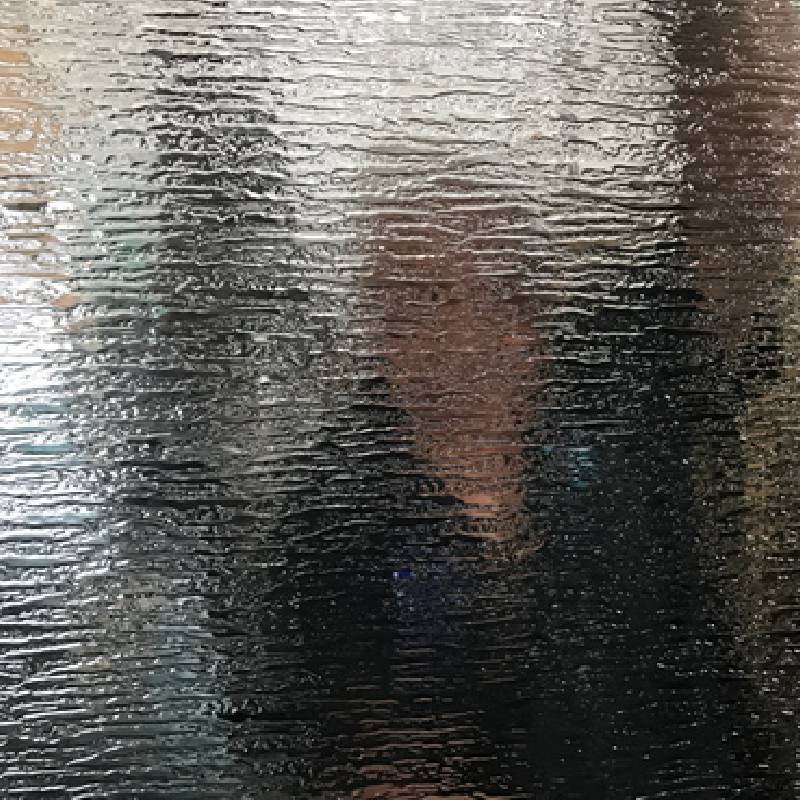តុលា . 21, 2024 22:15
The Tempered Glass Making Process A Comprehensive Overview
Tempered glass, also known as toughened glass, is a type of safety glass that has been processed to increase its strength compared to standard glass. The manufacturing process of tempered glass involves several critical steps, each designed to ensure the safety, durability, and quality of the final product. This article provides a comprehensive overview of the tempered glass making process, from raw materials to final inspection.
Step 1 Selection of Raw Materials
The first step in the tempered glass making process involves the selection of high-quality raw materials. The primary ingredient for glass manufacturing is silica sand, which typically makes up about 70-75% of the composition. Alongside silica, other materials such as soda ash, limestone, and various additives are included to modify the properties of the glass. These components are mixed thoroughly to create a homogenous batch, which is essential for producing high-quality tempered glass.
Step 2 Melting
Once the raw materials are prepared, the next stage is melting. The glass batch is fed into a furnace where it is heated to temperatures ranging from 1,600 to 2,000 degrees Fahrenheit (about 870 to 1,100 degrees Celsius). The extreme heat causes the raw materials to melt and form a homogeneous molten glass. This process can take several hours, and it is critical to control the temperature carefully to avoid any defects in the glass.
Step 3 Forming
After the melting process, the molten glass must be formed into the desired shape. This is typically done through a process known as flat glass casting, where the molten glass is poured onto a flat surface or passed through rollers to create sheets of glass. The thickness of the glass can be adjusted based on the specific requirements of the end product. The formed glass is then allowed to cool slightly before it undergoes the next stage.
Step 4 Annealing

Before the glass can be tempered, it needs to undergo an annealing process. Annealing involves gradually cooling the glass to relieve internal stresses that may have developed during the forming process. This is achieved in a controlled environment, usually within an annealing lehr, where the temperature is slowly reduced. Proper annealing is crucial as it ensures that the glass can withstand the stresses introduced during the tempering process.
Step 5 Tempering
The tempering process is where the glass gains its strength and safety features. The annealed glass is subjected to a rapid heating and cooling cycle. First, it is heated to approximately 1,200 degrees Fahrenheit (about 650 degrees Celsius) in a tempering oven. Once it reaches the desired temperature, the glass is rapidly cooled using high-pressure air jets. This quenching process causes the outer surfaces of the glass to cool and harden quickly, while the inner part cools more slowly. This difference in cooling rates creates a compressive stress on the surface of the glass, which significantly enhances its strength.
Step 6 Cutting and Edging
After tempering, the glass sheets are cut into their final sizes. Specialized machines are used to make precise cuts, and the edges of the glass are smoothed to prevent chipping and ensure safety. This step is critical for ensuring that the tempered glass meets the specific requirements of its intended application.
Step 7 Inspection and Quality Control
Before the tempered glass is shipped out, it undergoes rigorous quality control inspections. These inspections check for optical clarity, thickness uniformity, surface defects, and adherence to industry safety standards. Any glass that does not meet the quality criteria is discarded or reprocessed.
Conclusion
The tempered glass making process is a complex and carefully controlled operation that transforms raw materials into a strong and durable safety product. Through meticulous steps—ranging from selection and melting of raw materials to the final inspection—manufacturers can produce tempered glass that meets the high safety standards required for applications in architecture, automotive, furniture, and more. With its excellent thermal resistance and safety features, tempered glass continues to be a crucial material in modern design and construction.
The Role of Mirror Glass in Luxury Interior Design
NewsJun.23,2025
The Best Textured Glass for Bathroom Windows
NewsJun.23,2025
Residential Glazing Energy Efficiency Requirements
NewsJun.23,2025
Float Glass Uses
NewsJun.23,2025
Clear Float Glass For Solar Panel Covers
NewsJun.23,2025
Benefits Of Using A Glass Mouse Pad Over Traditional Ones
NewsJun.23,2025